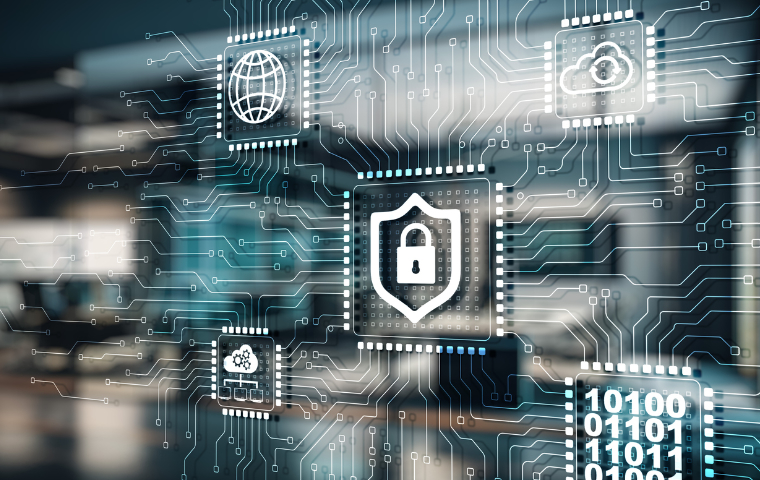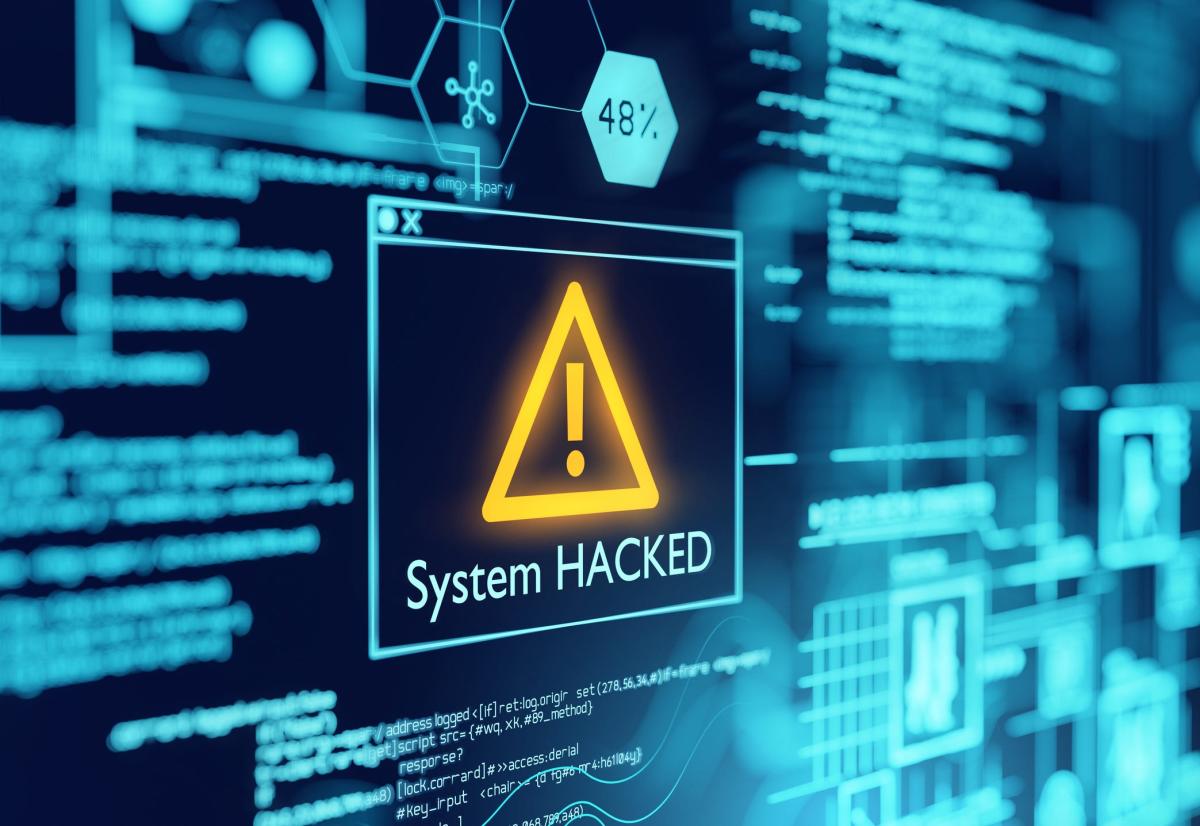Building cyber resilience in HE needs everyone’s commitment
UNITED KINGDOM

When it comes to cyber threats in 2023, no sector is safe. While the financial, insurance and consumer industries have traditionally been some of the worst hit by breaches, higher education has fast become a new favourite target for attackers in recent years.
According to the United Kingdom government’s 2022 Cyber Security Breaches Survey, of the educational institutions surveyed, higher education employees were the most likely to identify breaches or attacks, with 92% reporting an incident within the last 12 months.
The consequences have been extreme. A ransomware attack impacting the University of York in 2021 resulted in sensitive data being encrypted and held captive by hackers for weeks without resolution. At other universities, sophisticated attacks such as phishing emails and distributed denial of service (DDoS) have run havoc – intercepting confidential logins, tampering with student data and forcing downtime during valuable learning hours.
A vulnerable sector
It’s unsurprising, then, that higher education institutions face a variety of challenges that render them at higher risk for such attacks.
For starters, the ongoing digital skills shortage has meant a lack of experienced candidates capable of safeguarding universities from today’s cyber threats.
In the private sector, 51% of businesses have reported a shortage of “basic technical cybersecurity skills”. In the public sector, additional budget constraints heightened by the global economic downturn have made matters even worse.
‘Head of Cybersecurity’ salaries are currently being advertised at a fraction of what they would be in a private firm, which makes cyber recruitment an uphill battle for many public sector organisations, including universities.
There has also been a surge in the number of devices being used by both students and staff on a daily basis. Laptops and mobile phones became staples of remote learning during the pandemic due to lockdowns and social distancing protocols. Internet of Things (IoT) devices – including assistive technology and ID scanners – have also become commonplace across university campuses.
While these devices boost efficiency and support learning, they…


